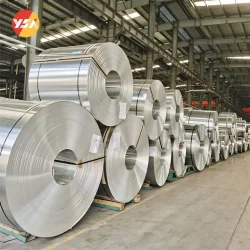The manufacturing process of carbon coated aluminum foil mainly involves several steps: material preparation, processing of substrate aluminum foil, coating of carbon material
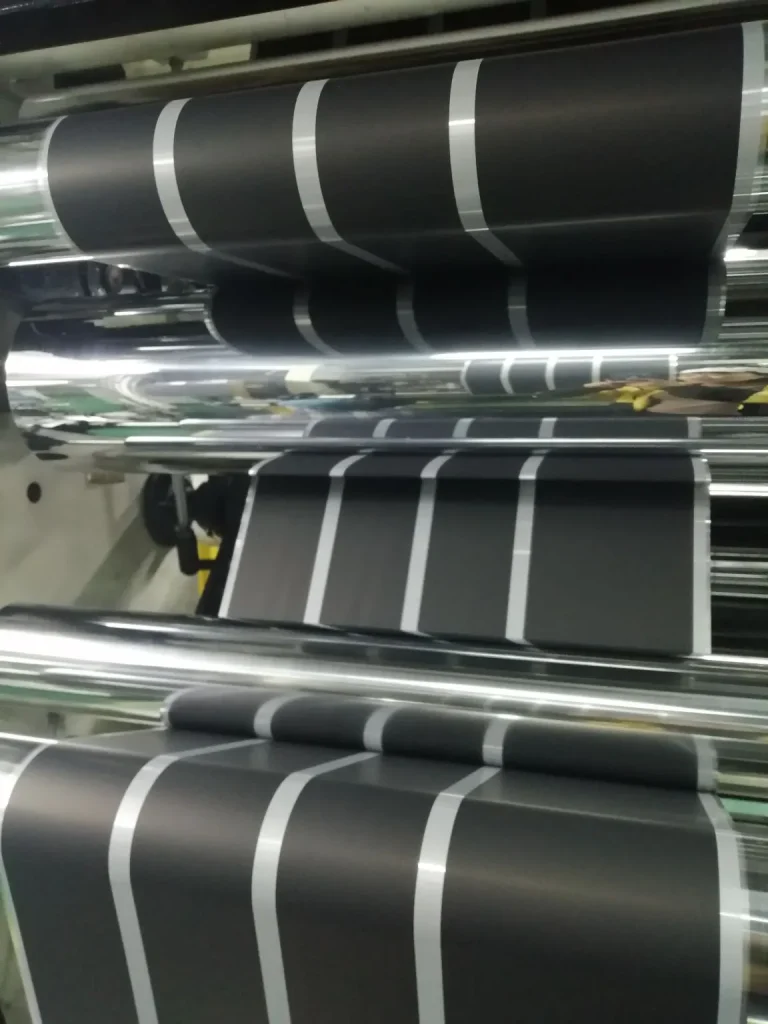
Choose the Right Substrate for Carbon Coated Aluminum Foil
1XXX Aluminum Foils in H18 temper is the most important part of carbon coated aluminum foil.
The tensile strength, yield strength, elongation percentage, and Brinell hardness of 1050, 1060, and 1100 aluminum foils in the H18 temper:

Common Applications for H18 and 1-Series Aluminum Foils
In the case of H18 aluminum foil, it signifies that the aluminum alloy has undergone a process of cold rolling and subsequent annealing to achieve its desired properties. The H18 temper represents a high-strength and hard condition of the aluminum foil.
- Battery Manufacturing:
Role of carbon coated aluminum foil in battery electrodes
Compatibility of different substrate materials with battery chemistries

- Capacitor Production:
Substrate selection for high-performance capacitors
Advantages and limitations of H18 and 1-series aluminum foils
- Packaging Industry:
Application of carbon coated aluminum foil in food and pharmaceutical packaging
Suitability of different substrate materials for packaging requirements
- Other Industrial Applications:
Heat exchangers, conductive tapes, and other uses of carbon coated aluminum foil
Substrate selection considerations for diverse industrial applications
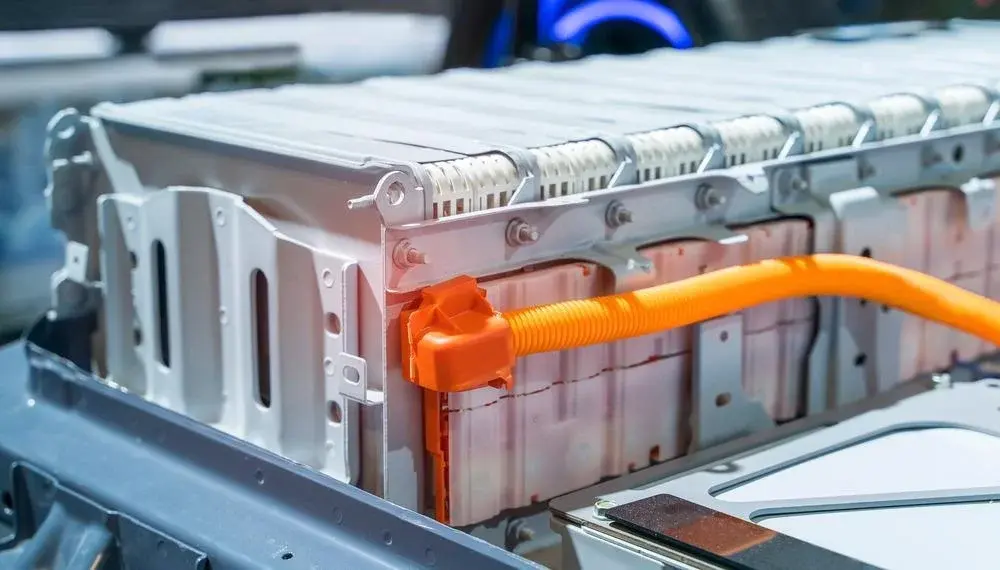
Overview of 1-Series Aluminum Foils in Relation to Carbon Coating Applications (1050, 1060, 1100)
1050 Aluminum:
1050 aluminium is a pure aluminium with an aluminium content of more than 99.5% and very low levels of other elements. It has high electrical conductivity and is an excellent conductive material. It also has good molding properties and can be processed and formed by cold and hot working.
Applications: 1050 aluminum is commonly used in applications that require high conductivity and corrosion resistance, such as battery manufacturing, capacitors, transformers, lighting fixtures, etc.
1060 Aluminum:
1060 aluminium is also a pure aluminium with an aluminium content of more than 99.6% and a small amount of copper. Alloy 1060 has properties similar to Alloy 1050, including high electrical conductivity and good formability. It can also be processed and shaped by cold and hot working.
Application: Alloy 1060 is commonly used in battery manufacturing, capacitors, food packaging, building materials and other fields, especially in applications with high purity requirements.
1100 Aluminum:
1100 aluminium is also a pure aluminium alloy with an aluminium content of more than 99.0% and small amounts of copper, iron and silicon. Alloy 1100 has good plasticity and high purity, and it can be processed and formed by cold and hot working. Alloy 1100 has relatively low strength but good corrosion resistance.
Application: Alloy 1100 is widely used in battery manufacturing, food packaging, building materials, heat exchangers, pressure vessels and other fields.
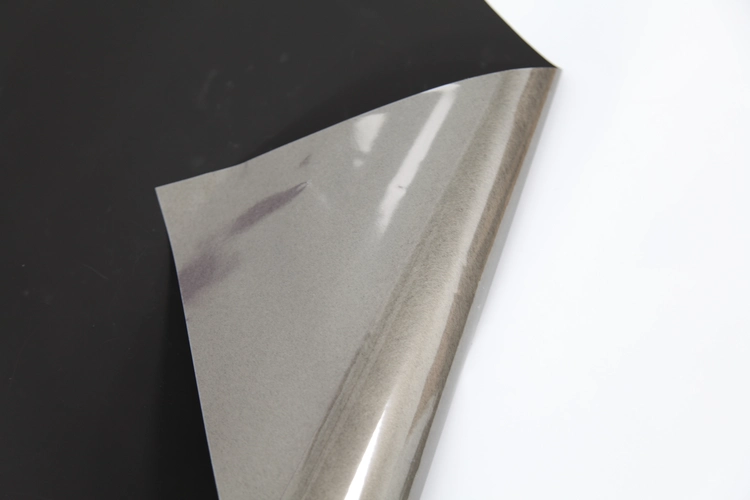
All three alloys are common choices in the manufacture of carbon coated aluminum foils, and they have excellent electrical conductivity, plasticity, and corrosion resistance, making them suitable for a variety of application scenarios. The choice of alloy depends on the specific requirements, manufacturing process and application area of carbon coated aluminum foil. It is advisable to choose the most suitable type of aluminum alloy according to the specific needs of the product and the manufacturer’s recommendations.
Properties And Strengths of Each Alloy
| ALUMINUM ALLOY | Grade | Normal Temper | Temper | Tensile Strength (N/mm) |
Yield Strength (N/mm) |
Elongation% | Brinell Hardness (HB) |
| 1XXX Al | 1050 | O, H112, H | O | 78 | 34 | 40 | 20 |
| 1060 | O, H112, H | O | 70 | 30 | 43 | 19 | |
| 2XXX Al-Cu | 2019 | O, T3, T4, T6, T8 | T851 | 450 | 350 | 10 | – |
| 2024 | O, T4 | T4 | 470 | 325 | 20 | 120 | |
| 3XXX Al-Mn | 3003 | O, H112, H | O | 110 | 40 | 30 | 28 |
| 3004 | O, H112, H | O | 180 | 70 | 20 | 45 | |
| 4XXX Al-Si | 4032 | O, T6, T62 | T6 | 380 | 315 | – | 120 |
| 5XXX Al-Mg | 5052 | O, H112, H | H34 | 260 | 215 | 10 | 68 |
| 5083 | O, H112, H | O | 290 | 145 | – | – | |
| 6XXX Al-Mg-Si | 6061 | O, T4, T6, T8 | T6 | 310 | 275 | 12 | 95 |
| 6063 | O, T1, T5, T6, T8 | T5 | 185 | 145 | 12 | 60 | |
| 7XXX Al-Zn-Mg | 7003 | T5 | T5 | 315 | 255 | 15 | 85 |
| 7075 | O, T6 | T6 | 570 | 505 | 11 | 150 |
Surface Treatment
In the manufacturing process of carbon coated aluminum foil, the surface treatment of the aluminum foil substrate is an important step to provide good adhesion and surface properties to facilitate the subsequent coating process. Common surface treatment methods include chemical cleaning, electrolytic treatment, etc.
Chemical cleaning: Chemical cleaning is one of the commonly used surface treatment methods, which can remove impurities, grease, and oxides from the surface of aluminum foil to provide a clean surface. The process usually involves the following steps:
1. Alkali Cleaning: Aluminum foil is soaked in an alkaline solution, which can remove grease and some organic contaminants.
2. Acid Cleaning: Aluminum foil is soaked in an acidic solution, which removes oxides and other inorganic contaminants.
3. Rinsing: The cleaned aluminum foil needs to be rinsed thoroughly to remove residual chemicals and ensure a clean surface.
Electrolytic Treatment: By applying an electric current to the aluminum foil in the electrolyte, the finish and properties of the aluminum foil surface can be improved, providing better coating adhesion.
Mechanical treatment: Use mechanical methods, such as rolling, polishing, etc., to treat the surface of the aluminum foil to improve the surface finish and flatness, providing a better benchmark for the coating.
Coating Application
After the surface treatment of the aluminum foil substrate, the manufacturer of carbon coated aluminum foil usually coats the surface of the aluminum foil with a layer of carbon material. Coatings can be applied by different methods such as coating, spraying, printing, etc. The purpose of the coating is to provide electrical conductivity and protection to improve the properties of the aluminum foil.
The coated foil needs to be dried and cured to ensure that the coating adheres firmly to the surface of the foil. This is usually done by drying or heat treatment to allow the coating to form a stable structure that prevents the coating from detaching.
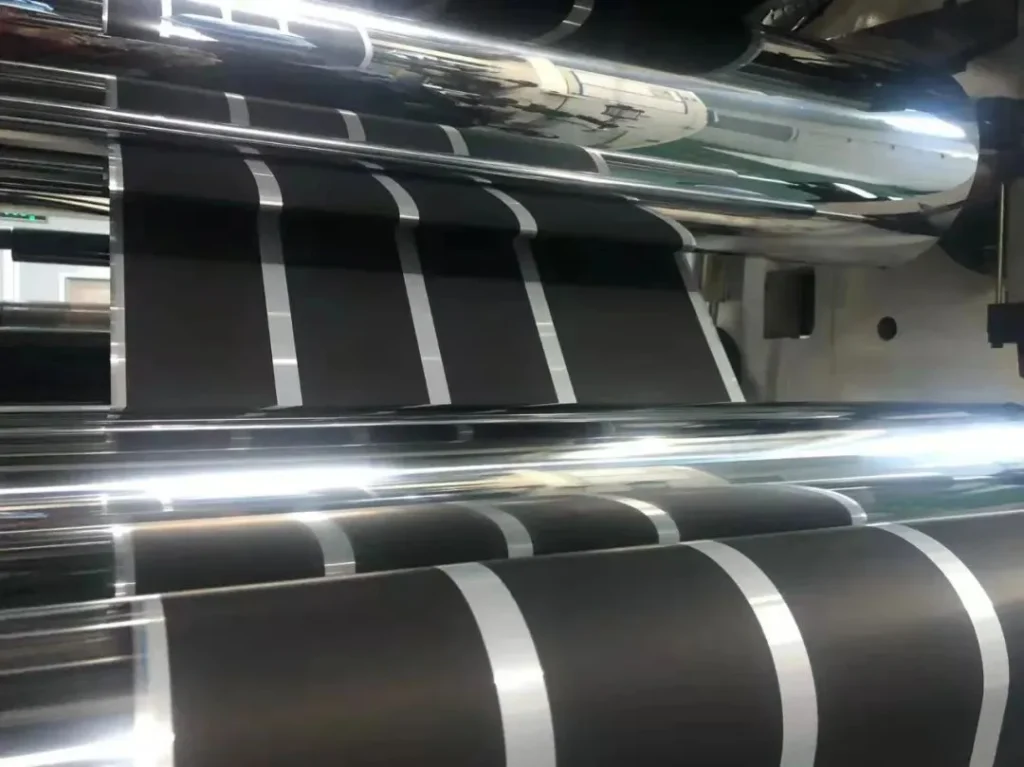
Yongsheng Aluminum Foil for Carbon Coated Aluminum
The aluminum foil substrate, surface treatment, and carbon coating are all crucial aspects in the production of carbon coated aluminum foil. The substrate serves as the base material, while surface treatment prepares the substrate for proper adhesion, and the carbon coating imparts specific properties and functionalities.
The aluminum foil substrate needs to possess specific properties like good conductivity, durability, and compatibility with the intended application. The selection of the appropriate substrate ensures the desired performance and functionality of the carbon coated foil.
Surface treatment before applying the carbon coating involves cleaning and modifying the surface to ensure proper adhesion and the elimination of contaminants. Surface treatment enhances the bonding between the substrate and the carbon coating, ensuring a uniform and reliable coating layer.
Yongsheng Aluminum Foil
| Yongsheng Aluminum Foil for Carbon Coated Aluminum Foil | |
| Alloy Grade | 1050, 1060, 1100 etc. |
| Temper | O, H12, H14, H16, H18, H22, H24, H28, H32, etc. |
| Thickness | 0.006 mm ~ 0.2 mm(6 μm ~ 200 μm) |
| Width | 10 mm ~ 1600 mm |
| For carbon-coated aluminum foil substrate: Thickness: 10 to 20μm; Width: 200-300mm. | |
| Yield Strength | 0 ~ 560Mpa(N/mm²) |
| Tensile Strength | 70 ~ 550Mpa(N/mm²) |
| Standards | ASTM-B209, EN573-1, GB/T3880.1-2006, GB/T 24001-2016, GB/T 19001-2016 |
| Certificate | MTC, ISO9001, SGS, ROHS, DNV, TUV, ISO14001, ABS, CCS, CE |

We ensure:
Defect-Free Surface: The aluminum foil from Yongsheng has a defect-free surface. It is free from edges, oil spots, black oil spots, bright lines, roller printing, concave, and convex points, ensuring high-quality and visually appealing foil.
Strict Quality Control: Yongsheng strictly controls the width and thickness of the finished products, ensuring that the thickness fluctuation is within 4%. This ensures consistent quality and performance of the foil. We ensures the quality of the slice, with no burrs, tower shapes, or other irregularities on the end face, resulting in a smooth and clean foil.
Moistureproof and Oxidation Prevention: Yongsheng pays attention to moistureproof packaging during transportation, preventing oxidation and preserving the quality of the aluminum foil.
Long-Term Supply: Yongsheng is committed to providing stable and reliable quality aluminum foil for carbon-coated applications, ensuring a long-term supply to meet customer demands.
| Delivery Time | Ready stock: 7-10 days, Future Goods: 15-30 days |
| Loading Port | Qingdao Port, Tianjin Port, Shanghai port. |
| Price Terms | FOB, CIF, CFR, CNF, etc. |
| Payment Terms | 30% deposit by TT, 70% balance before delivery or 100% L/C at sight |
| Quality Control | Mill Test Certification is supplied with shipment,Third Part Inspection is acceptable. |
| Package | Seaworthy Wooden pallet, Wooden case, Aluminum plate case |
| Our Service | Free samples and 24-7 responding |
| Place of Origin | Huiguo Town, Gongyi City, Henan Province, China |
Our aluminum foil have been exported to the Middle East and Southeast Asia in large quantities. Welcome to inquire at any time.


